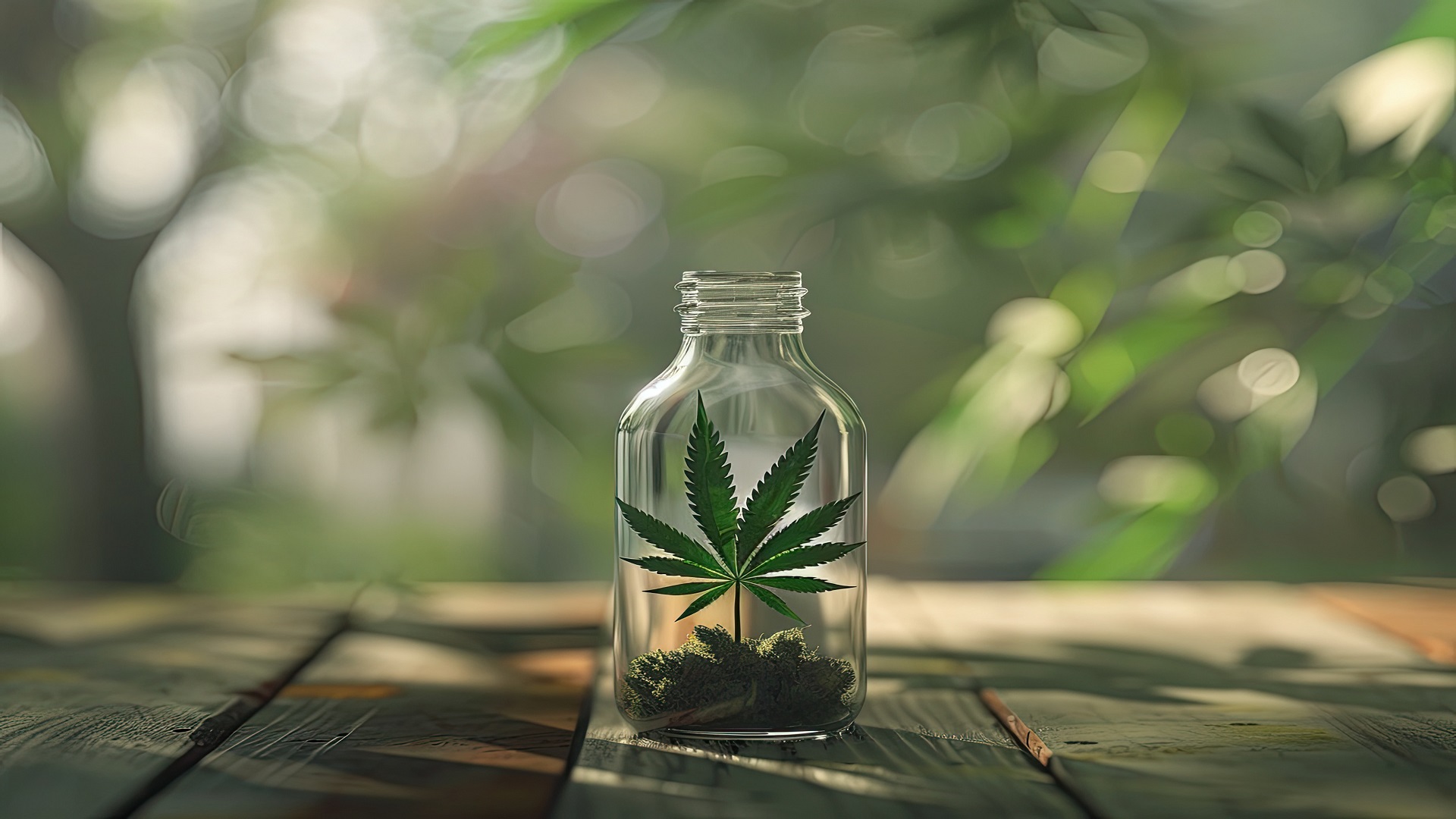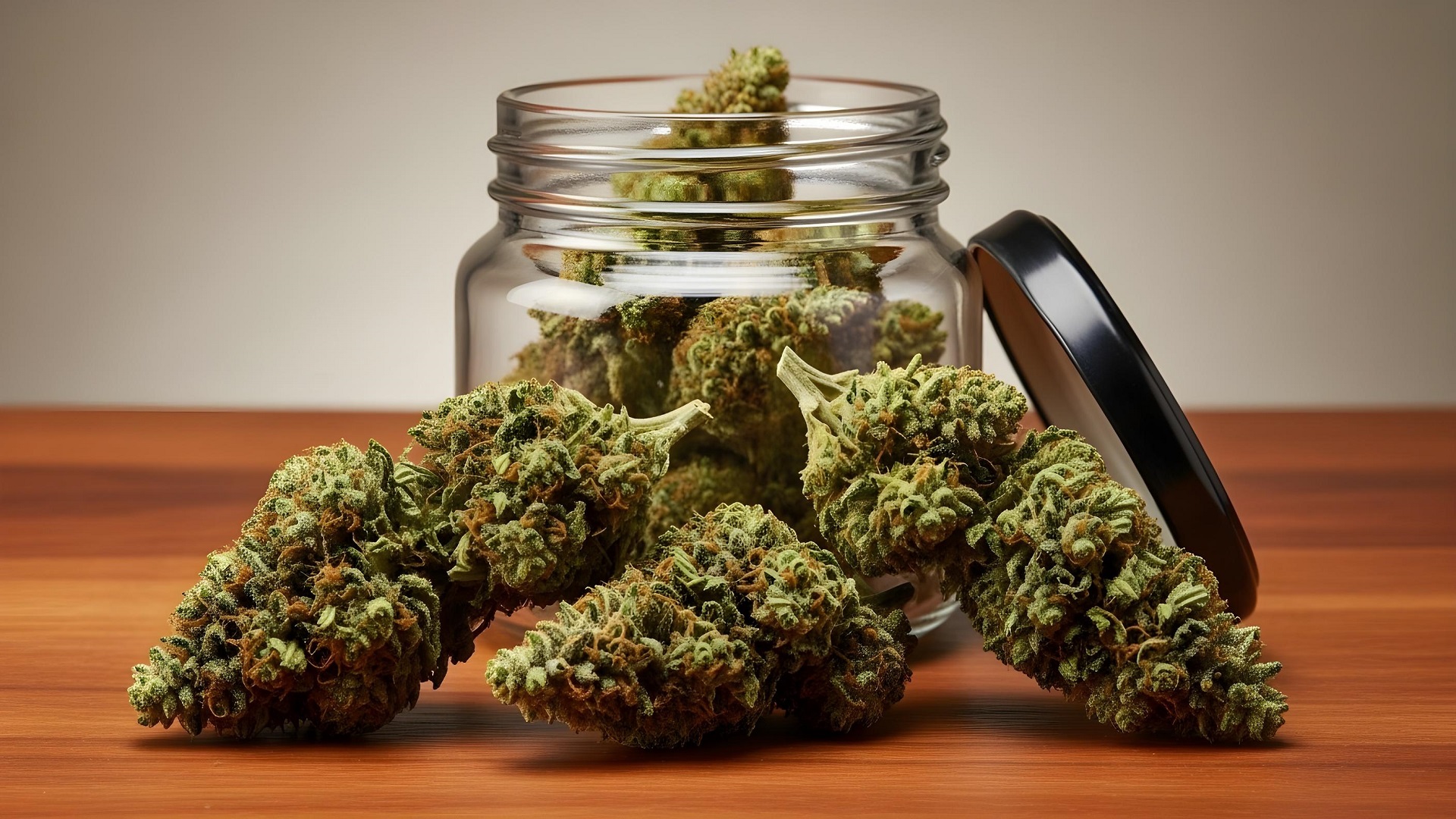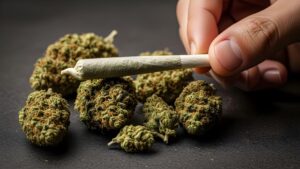
What Is Marijuana? A Beginner’s Guide To Cannabis, Benefits & Risks
Across the globe, marijuana use is gaining traction like never before. From medicinal treatments to recreational enjoyment, more people are turning to cannabis for relief, wellness and relaxation. But with this rapid growth comes a surge of questions. What is marijuana? How does it work? What are its effects, both good and bad? And where does the law stand?
As cannabis experts at CBD Insider Guide, we believe in empowering you with factual, up-to-date information. We aim to help you navigate the world of weed safely, knowledgeably and responsibly. This article breaks down everything you need to know – from its benefits and risks to its legal standing. Let’s begin with the basics.
What Is Marijuana? Understanding The Plant Behind The Buzz
The term “marijuana” describes the dried flowers, leaves, stems and seeds of the Cannabis sativa or Cannabis indica plant. There are more than 100 cannabinoids in the plant, however the two most well-known are THC (tetrahydrocannabinol) and CBD (cannabidiol). Marijuana is also known as weed, pot, and dope. People frequently use the terms “cannabis” and “marijuana” interchangeably. So, is cannabis the same as marijuana? Not exactly.
Learn more about THCA vs Delta-9: Key Differences to understand how cannabinoid types affect your experience.
- Cannabis: Cannabis is the broader term that includes both marijuana and hemp.
- Marijuana: Marijuana contains more than 0.3% THC, making it psychoactive.
- Hemp: Hemp contains less than 0.3% THC and is not intoxicating.
That is to say, while marijuana is cannabis, not all cannabis products are marijuana (contain THC).
Additionally, weed is one of the most used drugs in the United States, particularly among young adults. In 2024, 15% of US adults reported currently smoking weed. This translates to approximately 35 million people who use weed on a monthly basis and 55 million people who have used it in the past year. Roughly half of all Americans, or about 78 million people, have used weed at some point in their lifetime.
Marijuana Works How? A Look Inside Your Brain And Body
You may wonder, how does marijuana work? It all starts with your endocannabinoid system (ECS). A complex network of receptors that help regulate mood, pain, memory and appetite.
Thus, When You Consume Weed:
THC: binds to CB1 receptors in your brain, causing a euphoric high.
CBD: influences the ECS without the high, offering calming and therapeutic effects.
Together, these compounds interact with your body in ways that can provide relief or stimulation, depending on the strain and dosage.
Additionally, short term marijuana effects on brain include
- Relaxation
- Altered perception of time
- Increased appetite (a.k.a. the munchies)
Furthermore, long term effects depend on frequency, age of first use, and overall health. Regular high-THC consumption may impact memory, decision-making and even emotional regulation.
As experts at CBD Insider Guide, we emphasize informed use. Your experience with weed will vary based on your body chemistry, strain type and consumption method. But understanding how marijuana works is the first step to using it safely and effectively.
Understanding Medical Marijuana And Its Benefits
Medical weed refers to the use of cannabis to help manage symptoms rather than cure diseases. It is commonly used to relieve chronic pain especially neuropathic pain, reduce nausea, improve appetite and ease symptoms of multiple sclerosis like muscle spasms.

While many states have legalized medical weed, the U.S. FDA still classifies it as a Schedule I drug. This means it is considered to have no accepted medical use and a high risk of addiction. As a result, healthcare providers cannot prescribe weed, but in some states, they may certify its use for specific conditions.
However, the FDA has approved certain marijuana-derived substances. For example, Epidiolex® helps control seizures in rare epilepsy disorders, while Marinol® and Cesamet® treat nausea from chemotherapy and appetite loss in people with HIV/AIDS.
For related effects and usage, check out our guide on THC Hangovers and what to expect the day after heavy use.
Weed’s Main Symptom-Treating Benefits:
- Reduced inflammation
- Improved sleep quality
- Lower anxiety and stress levels
- Improved mood in some users
- Relief from PTSD symptoms
Furthermore, medical marijuana has opened new doors for patients who haven’t found relief with traditional medicine. However, proper dosage and physician guidance are very important.
Despite legal state use, some hospitals and providers avoid certification due to limited clinical research. Therefore, access to medical weed can vary depending on where you live and your healthcare provider.
How Does Marijuana Affect Cannabis Users?
Everyone’s cannabis experience is different, depending on elements like:
- Age
- Tolerance level
- Gender
- The amount and potency of the cannabis.
- Whether you smoke, vape or eat weed
- The duration and/or frequency of your weed use
- Whether you’re using drugs or other meds
There are differences in the effects that weed may have on you and other people. Furthermore, the consequences of marijuana consumption might vary from one individual to another.
Research indicates that there are both immediate and long-term consequences associated with weed usage. However, scientists continue to discover more about these particularly the long-term impacts.
Potential Risks Of Marijuana: What You Should Know Before You Light Up
While marijuana offers many benefits, it’s not without risks. Being informed helps prevent negative experiences and long-term harm. Let’s explore the potential downsides.
Short Term Risks May Include:
- Impaired memory and thinking
- Increased heart rate
- Dry mouth and red eyes
- Anxiety or paranoia (especially in high doses)
- Slower reaction times
Long-Term Risks Can Involve:
- Respiratory issues (if smoked)
- Decreased motivation
- Dependency in heavy users
- Mental health challenges in people predisposed to disorders
Additionally, marijuana can interact with other medications. Therefore, always consult your healthcare provider before mixing treatments.
We at CBD Insider Guide recommend starting with small doses, especially for new users. Moreover, use cannabis in a safe setting and avoid driving or operating heavy machinery after weed consumption.
Legal Status Of Marijuana: What’s Allowed And What’s Not
Now comes the legal question: Is marijuana an illegal drug? The answer depends on where you live.
In the United States:
- Medical marijuana is legal in 38 states.
- Recreational weed is legal in 24 states and Washington, D.C.
- Federally, marijuana remains a Schedule I drug, which makes interstate sales and possession illegal.
Globally, The Landscape Varies:
- Canada has legalized recreational weed nationwide.
- Germany recently allowed marijuana for personal use.
- Many other countries allow only medical weed use.
Staying updated is critical. Laws are evolving quickly, and what’s legal today may not be tomorrow. Therefore, CBD Insider Guide urges all users to check local regulations before buying, growing or consuming marijuana.
How To Grow Marijuana: A Beginner’s Guide To Cultivation

If you’re wondering how to grow marijuana, you’re not alone. More people are cultivating cannabis at home for personal use, thanks to legal reforms.
Thus, What You’ll Need:
- Seeds or clones from a trusted source
- Light (natural sunlight or grow lights)
- Soil or hydroponic system
- Water with proper pH levels
- Ventilation and temperature control
Additionally, growth stages include:
Germination (3–10 days)
This is the first stage where the marijuana seed sprouts. It needs moisture, warmth and air. A healthy seed cracks open, producing a taproot and the first tiny leaves, known as cotyledons.
Seedling (2–3 weeks)
The seedling develops more leaves and starts looking like a cannabis plant. It needs 18–24 hours of light daily and high humidity. However, avoid overwatering at this stage to prevent root damage.
Vegetative Stage (3–16 weeks)
The plant focuses on growing stems, leaves, and roots. It requires more nutrients, especially nitrogen. This stage demands 18+ hours of light and good airflow. Plants may grow rapidly and need support or training.
Flowering Stage (8–11 weeks)
Triggered by reducing light to 12 hours daily, plants now grow buds. Phosphorus and potassium become crucial nutrients. Monitor for pests and mold as buds develop.
Harvesting
Once buds ripen, usually when trichomes turn milky or amber, it’s time to harvest. Cut, dry and cure buds for best quality, aroma and potency.
Growing marijuana demands patience, care and the right environment. Furthermore, laws on home cultivation vary so always research what’s legal in your area. At CBD Insider Guide, we support ethical and responsible growth of cannabis. Whether you’re growing for medicinal or recreational reasons, quality and compliance should always come first.
Final Thoughts: Why Informed Use Matters
As the cannabis world continues to evolve, knowledge is your best tool. From what is marijuana to its benefits, risks and legalities, staying informed empowers smarter choices.
Furthermore, we at CBD Insider Guide are committed to sharing trustworthy, evidence based information. Whether you’re a patient, grower or curious consumer, we’re here to guide your journey with cannabis. Remember, weed isn’t just a trend, it’s a plant with powerful potential and responsibility. Use it wisely, legally and with awareness.
Want a deeper breakdown? See What Is Marijuana? for a full beginner’s guide.
FAQs
- What Is The Simple Definition Of Marijuana?
Marijuana is the psychoactive part of the cannabis plant used for medical or recreational purposes.
- What Does Marijuana Do To The Body?
It interacts with your endocannabinoid system to affect mood, memory, pain, appetite and perception.
- Is Marijuana An Illegal Drug?
Federally in the U.S., yes. However, many states have legalized it for medical or recreational use.
- What Is Marijuana Called Now?
Common names include weed, cannabis, ganja, pot and bud.
- What Was Marijuana Originally Used For?
Historically, it was used for medicinal purposes, including pain relief, sleep aid and appetite stimulation.
